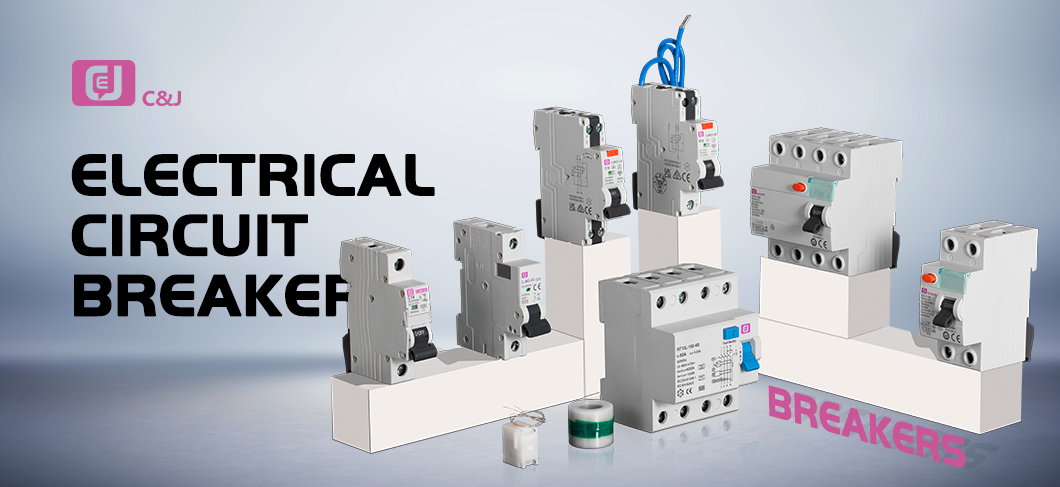Introduce:
Circuit breakers play a vital role in ensuring the safety of electricity. They prevent overloads, short circuits and electrical faults, protecting lives and valuable electrical equipment. In this blog, we will take an in-depth look at the world of circuit breakers, focusing specifically on the differences and functions of RCCB, MCB and RCBO.
1. Basic knowledge of circuit breakers:
Before we delve into the details, let’s first understand what a circuit breaker is. Essentially, a circuit breaker is an automatic switch that helps protect circuits from damage caused by excessive current. When a circuit is overloaded or shorted, a circuit breaker interrupts the flow of electricity, preventing potential dangers such as electrical fires.
2. Miniature circuit breaker (MCB):
MCBs are the most commonly used circuit breakers in residential and commercial settings. These small but rugged devices are primarily designed to protect against overcurrent caused by overload or short circuit. MCBs are available in a variety of current ratings, allowing customization to meet different electrical requirements. It can be manually reset after tripping, which is convenient for daily use.
3. Residual current circuit breaker (RCCB):
RCCBs, also known as Residual Current Devices (RCDs), provide an additional layer of safety by detecting and preventing earth leakage currents. These currents typically occur when a live phase conductor accidentally contacts a conductive part of an electrical device, such as a metal enclosure. The RCCB monitors the current flowing through the live and neutral wires and trips immediately if an imbalance is detected. This imbalance can be caused by human contact with a faulty appliance, reducing the risk of electrocution.
4. Residual current circuit breaker (RCBO) with overcurrent protection:
RCBO combines the characteristics of MCB and RCCB to provide dual protection against overcurrent and residual current. These devices are a practical choice when there is a need to protect a specific circuit or individual device from electrical faults. RCBO is commonly found in critical areas such as kitchens and bathrooms where contact with water increases the risk of electrical hazards. Additionally, RCBOs allow individual circuits to be isolated during troubleshooting or maintenance while keeping the rest of the installation operational.
5. Main differences and advantages:
a) MCB focuses on preventing overcurrent caused by overload or short circuit. They are user-friendly, can be manually reset, and are widely used due to their affordability and availability.
b) RCCB provides protection against earth leakage currents which may be caused by human contact with faulty appliances or damaged wires. These devices increase safety and prevent electric shock hazards.
c) RCBO has the advantages of MCB and RCCB. They provide overcurrent and residual current protection and are ideal for sensitive circuits or areas requiring strict safety measures.
6. Select the appropriate circuit breaker:
Choosing the right circuit breaker depends on a variety of factors, such as electrical load, sensitivity of the circuit, and specific safety requirements. Always consult a qualified electrician or electrical engineer who can evaluate your needs and recommend the appropriate circuit breaker type and rating for your installation.
In summary:
Understanding the differences between different circuit breakers such as RCCB, MCB and RCBO is critical to maintaining electrical safety in residential, commercial and industrial environments. The MCB protects against overcurrent, the RCCB protects against earth leakage currents, and the RCBO provides complete protection against both currents. By choosing the right circuit breaker for your electrical system, you can prevent potential hazards and ensure the safety of people and equipment.
Post time: Dec-11-2023


